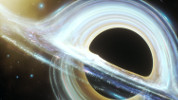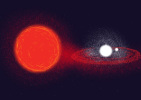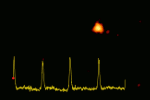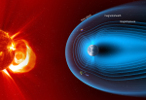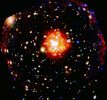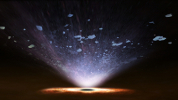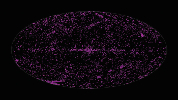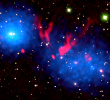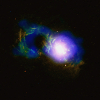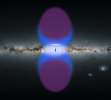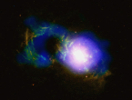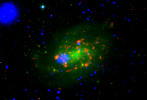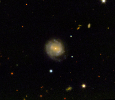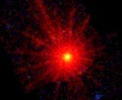News Archive 2019 - XMM-Newton
XMM-Newton News Archive - Year 2019
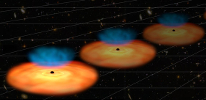
Active galaxies point to new physics of cosmic expansion
Investigating the history of our cosmos with a large sample of distant ‘active’ galaxies observed by ESA’s XMM-Newton, a team of astronomers found there might be more to the early expansion of the Universe than predicted by the standard model of cosmology.
Further details on ESA's Space Science pages, The New York Times and The Great Courses Plus
- Removed a total of (1) style text-align:center;








































 Sign in
Sign in
 Science & Technology
Science & Technology
